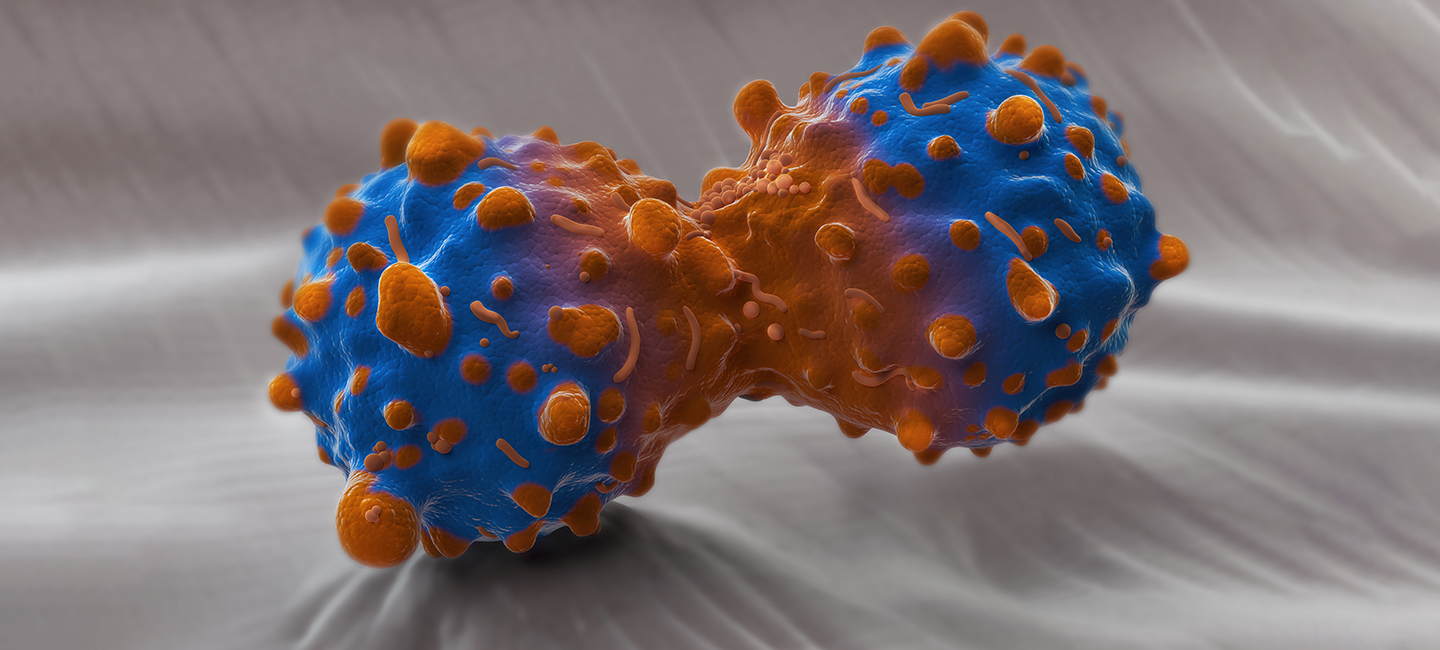Living Longer with Lung Cancer?
More Americans with lung cancer are surviving at least five years after their diagnosis. That’s the good news touted in the first-ever State of Lung Cancer report released recently week by the American Lung Association. The five-year survival rate for those diagnosed with lung cancer is now 21.7% nationwide, up substantially from 17.2% a decade ago.

Dr. Matthew Schabath, associate member, departments of Cancer Epidemiology and Thoracic Oncology at Moffitt Cancer Center
Still, the association says, lung cancer claims another American life every 3½ minutes. It’s the leading cause of cancer-related deaths in the United States. The burden of lung cancer varies greatly from state to state. And that points to some opportunities for improvements in early detection and treatment in Florida, according to Dr. Matthew Schabath, an associate member of both the departments of Cancer Epidemiology and Thoracic Oncology at Moffitt Cancer Center.
Here’s how Florida stacks up, according to the report:
- Incidence – Florida ranks right in the middle of all states (23rd) in terms of the number of new lung cancer cases diagnosed per year.
- Survival – We rank above the national average when it comes to how many Floridians are still alive five years after a lung cancer diagnosis. Florida’s five-year survival rate is 23.1%, compared to the national rate of 21.7%. That puts Florida at 12th among the 45 states that track survival data.
- Stage at diagnosis – When it comes to bettering your odds of surviving lung cancer, early diagnosis is key. Those diagnosed at later stages (when the cancer has spread to other organs) are less likely to survive. In Florida, 22% of cases are caught at an early stage. That’s better than the national rate of 21.5%, but still only middle of the pack (21st) compared to the 47 other states that collect early stage diagnosis data.
- Surgical treatment – People whose lung cancer is caught early enough to be treated through surgery have higher survival rates. In Florida, 21.1% of patients undergo surgery as part of the first course of treatment, which is slightly above the national rate of 20.6%.
- Lack of treatment – For a variety of reasons, some patients receive no treatment after being diagnosed with lung cancer. Their tumors may be advanced, their overall health may be poor, they may not have the financial resources to receive care, or they may simply refuse care altogether. But no one should go untreated because of a lack of knowledge, a lack of funds or stigma associated with lung cancer. Florida has work to do in this area, ranking 37th out of 46 states that track how many patients receive no treatment after a lung cancer diagnosis. Nearly one in five Florida patients (19.7%) receives no treatment after diagnosis.
- Screening – This is another area where Florida fell below national numbers. Annual low-dose CT scans of current/former smokers age 55-80 can reduce lung cancer death by detecting tumors early, when they are most curable. In Florida, just 2.4% of those eligible for low-dose CT were screened, compared to 4.2% nationally. Only nine states had lower screening rates. This may be compounded by the fact that Florida is one of 12 states where such screenings are not covered by Medicaid for qualifying current/former smokers age 55-65.
- Prevention – Tobacco is the leading risk factor for lung cancer, and Florida is in line with the national average for smokers at 16.1% of the state’s population. However, efforts to control tobacco use earned mostly “F’s” in the American Lung Association’s annual “State of Tobacco Control” report, which tracks funding for tobacco prevention programs, access to tobacco cessation treatment, and tobacco taxes and laws.
“Over the last several decades, substantial improvements have been made across the cancer control continuum regarding etiological causes, prevention, early detection, diagnosis, treatment, survivorship, and end of life,” notes Schabath. “However, lung cancer will remain a major public health concern for decades to come, underscoring the importance of continued efforts in improving risk assessment, early detection and treatment in order to improve patient outcomes.”


